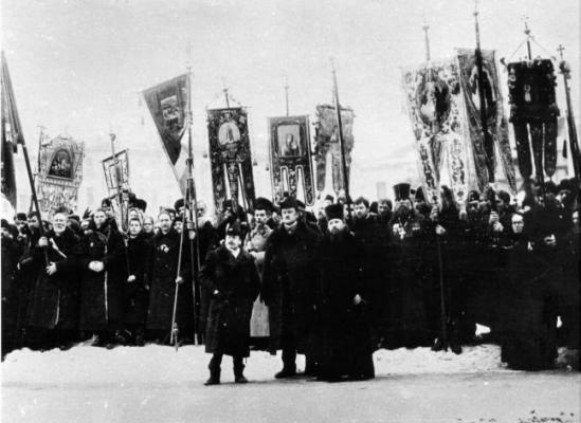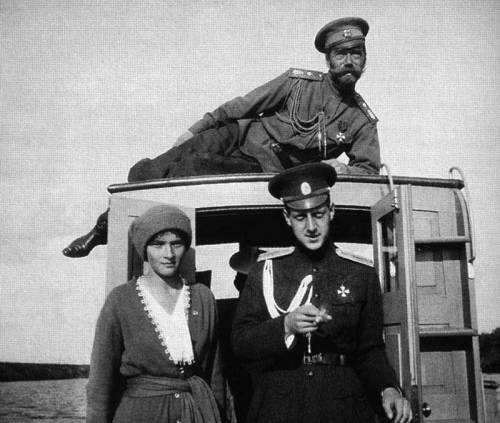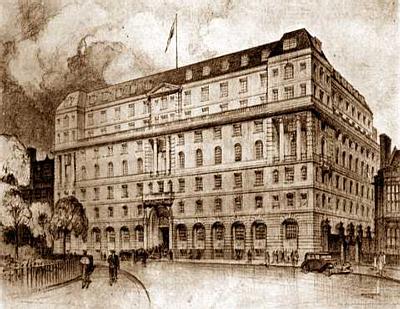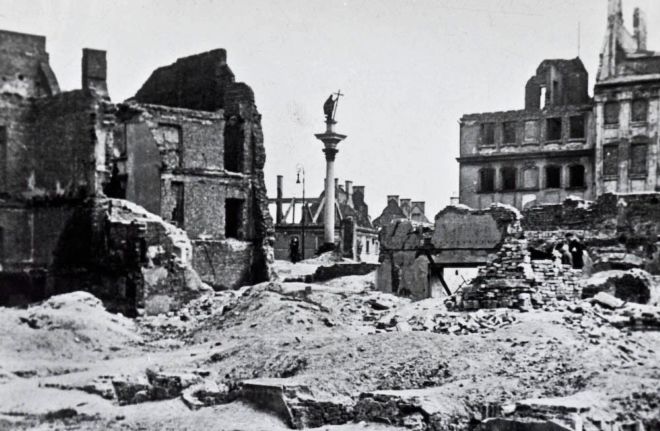The Revival of Osladian Diplomacy
In the immediate months following the signing of the Treaty of Parma, the Osladian Empire fell into a stagnant isolation. Quietly beginning programs of rebuilding and re-organization. However, with the onset of summer at hand, Tsar Anton I openly stated his refusal to become an isolationist state.
"The Osladian Empire of our fore-fathers was built not just by the hands of Osladians, but by the hands of Tangars, Loremi, Hurzlanders, and distant allies to our rightful claims. As Emperor and servant to my people, I will not allow our cause to falter in the face of defeatism and isolation."
In August the official head of the Osladian Embassy in Herada, Count Neculai Ardelean, was given the task of brokering new economic and diplomatic ties to the Korenian Republic. Put directly on the table by the Osladian government was a treat of non-aggression and mutual judicial extradition rights. Due to the ongoing crisis within the Republic, the Osladian government did not expect immediate replies from the state.
In addition to Oslad's diplomatic ventures in Korenia, mystery fell over Oslograde in early August when Romanowan foreign minister Avgust Olegovich Sharapov arrived in the city via aircraft for a meeting with Tsar Anton and Prime Minister Selidov. Photos by both the Osladian and Boletarian press were quick to reach the presses and within a day of his arrival it seemed the entire continent anxiously pondered what the bold Sharapov and the Tsar were meeting for.

Romanowan Minister Sharapov (right) with Prime Minister Selidov (left) in Oslograde, circa 1920.
Zellonian diplomat and veteran of the Terrible War, Ralf Vungton, was welcomed warmly in Oslograde by those who had read of his tactical brilliance against the Commonwealth of Ostruznica during the war. However behind closed doors little was truly spoken of with the war hero. Tsar Anton however met personally with the man and the two were said to have spoke for hours of their experiences during the Terrible War, both from the perspective as Anton being only a regimental commander and Vungton being a strategist and leader. By the end of the Zellonian's visit the Tsar wished the man well on his future endeavors for his nation and hoped for future meetings with the Zellonian Empire.
Oslad Shall Sail!
Prior to the signing of the Treaty of Parma, the Imperial Osladian navy accounted for 23 Destroyers, 10 Light Cruisers, 12 Submarines, 3 Dreadnoughts. However over the course of the war and the Boletarian uprising the once feared navy of the Empire was in complete ruin. However not all vessels were destroyed, multiple ships rebelled against the Osladian Empire and joined the now Boletarian Navy. While other vessels were diplomatically turned over to new states such as Loremia and the Romanow Islands.
It went without saying that the loss of the Imperial Navy struck deep at the morale of the mourning and broken Osladian people, and whispers filled cabinet meetings on the inevitable revival of the Osladian navy. In July an official statement was released on the current predicament that the Osladian military faced on the sea. Grand Admiral Konstantine Dultsev came forth before the press and gave a short, to the point speech.
"It is with great pleasure that I come before the media of our Empire today. During the Terrible War I personally commanded the Imperial Navy in offensive and defensive campaigns throughout the conflict, and I saw many true Osladians die with honor and bravery. In memory of the brave sailors of who served on vessels such as the Borodino, the Tsaryov, and the Yudina I come before you today to tell you this. Oslad shall sail again."
Shortly after the Admiral's statement it was announced that the Oslad Nautical Bureau, or ONB, would be re-organized and re-established to fit the budget for the Empire. However, no statements were released on what direction the new navy would go in or what vessels would be designed and constructed in the coming years.

Osladian Postage Stamp depicting Grand Admiral Dultsev, "For United Oslad, long live the Imperial Navy!"
Dark Tide Rising
Stanislaus Petrovic had served in the Imperial Osladian Armed Forces as a infantryman during the Terrible War. Coming from a modest upbringing with a doctor for a father he felt it was both his patriotic duty and his familial duty. Enlisting like so many others in the rush to serve Emperor and Country Stanislaus was assigned to the 23rd Infantry Division, the 23rd Kastsyuchyn, in the 3rd Army Corp stationed in the Hurzlands.
In his years of service Stanislaus fought against the rebellions in the Hurzlands against the Hurzlander Commune, a conflict that had turned Stanislaus into a rigid anti-communist, and later directly on the front lines in Boletaria when the 3rd Army Corp was relocated. While serving in the trenches, specifically in the mid-west sector near the border of Boletaria and southern Hurzland, Stanislaus suffered a bullet wound to the left arm that led to his hospitalization in September of 1918. Due to the severity of the wound the then Sergeant Stainslaus would remain in hospital for a year and would permanently have difficulty utilizing his left arm and hand, which resulted in his discharge from the Imperial Army and return to civilian life for the end months of the war.
The disgruntled and bitter sergeant took residence in Oslograde and became a cleaner at a pub. It was a quiet life and Stanislaus was said to be a reserved and quiet man, keeping much to himself and when not working often isolating himself for many hours in his apartment. However, despite his curious isolation and anti-social behavior, Stanislaus kept one close contact. Tamás Apse, an amateur politician and leader of the Iron Hundred. The two men kept close contact and met on a weekly basis, discussing politics and philosophy. Stanislaus had become infatuated with Tamás and his talk of ethnic Osladian nationalism, and the failure of the Terrible War falling upon 'the others'. The Iron Hundred had, since 1917, existed as a minor and irrelevant nationalist and traditionalist gang. However, Stanislaus became like hundreds of other bitter and demoralized veterans of the post-war era, a revanchist and angry man seeking justice for misdeeds done to him and his countrymen. Due to the close friendship held between Tamás and Stanislaus, the crippled writer was quick to rise to be a high position within the party as a propagandist and public speaker alongside his compatriot Tamás. By mid 1920 the Iron Hundred had indeed reached hundreds, the black tide of nationalism had begun to rise as a symbol of hope to a demoralized and hopeless populace.

Stanislaus Petrovic (far left) and Tamás Apse (center) at an Iron Hundred religious mass, circa 1920.








